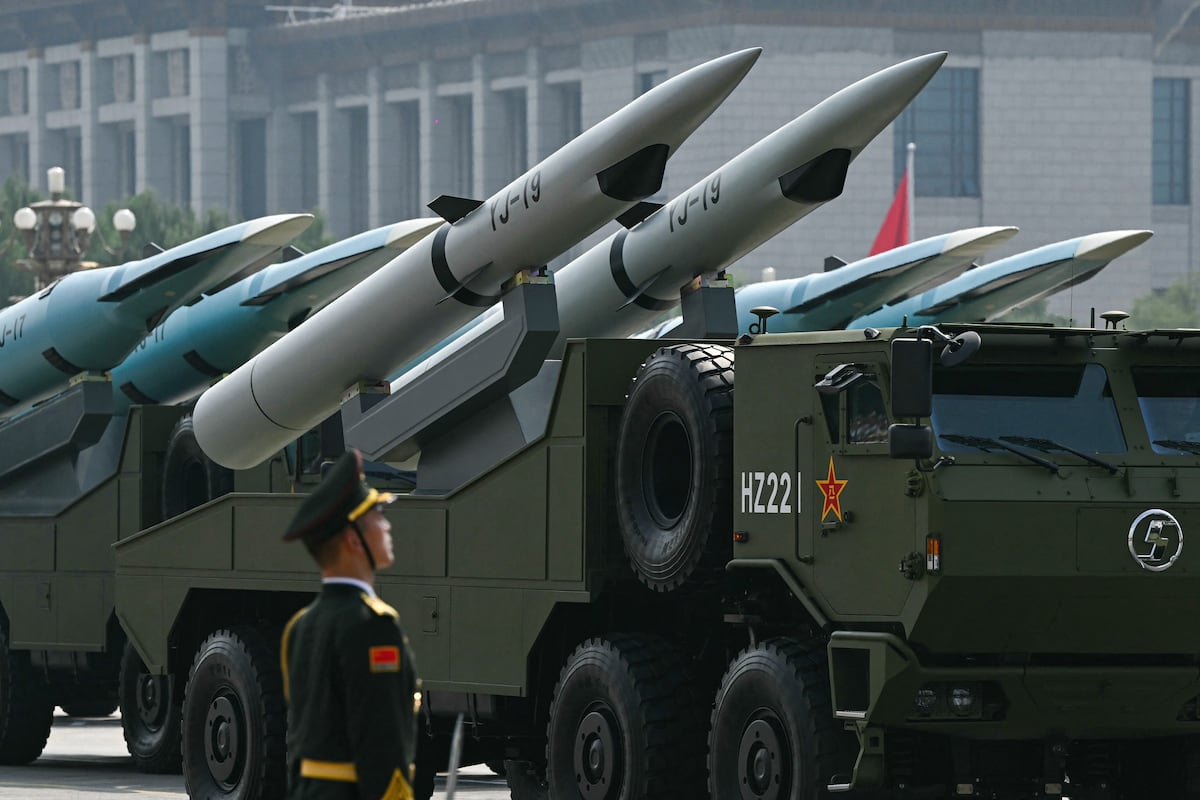There are two competing narratives about the future of warfare. For nearly the past two years, drones and artillery have been hailed as the way forward. The June 2025 Iran-Israel war revived the view that stealth warplanes are the future.
These are two fundamentally different views, however, neither truly unseats the consistently outperforming and cost effective cruise missile.
In the winter of February 2022, the Russian invasion of Ukraine was stopped by artillery, heavy infantry weapons, most notably MANPADs and Javelin missiles, and Russian incompetence. As the war dragged on and expensive weapons became scarce, remote controlled aircraft hobbyists developed weaponized drones.
While pioneered by ISIS in the 2010s, these hobbyists developed a variety of formidable single-use and multi-use attack drones. By 2025, drones have dominated land and naval warfare in the conflict, inflicting the majority of casualties. Drones were even used far from the borders of Ukraine to strike Russia’s prized strategic bomber fleet. Traditional weapons systems were relics of the past, drones appeared to be the future.
Israel’s air campaign ran counter to this narrative. Quick precision strikes early in the conflict combined with stealth F-35 fighter jets enabled Israel to effectively fly unopposed over Iran. Israeli special operations forces appeared unchecked by Iranian forces. Night and day, Israel hit Iranian military targets, crippling Iran’s ability to wage war. Israel and its partners used advanced missile defenses and air strikes to offset Iran’s formidable ballistic missiles. The conflict quickly ended after American B-2 stealth bombers damaged key Iranian nuclear weapons sites.
Neither of the competing narratives fully captures the future of warfare.
One capability has been key in almost every conflict since 1990, the low-altitude cruise missile and, by extension, the low-altitude strike drone.
Most U.S. conflicts have begun with low altitude cruise missile strikes, most notably with the famed Tomahawk missile. While expensive, these missiles cripple air defenses, command and control, and other critical targets which enable any other means of further attacks. Their high rate of successfully neutralizing these valuable targets more than offsets the costs of the missiles themselves.
By flying low, these precision munitions are survivable by avoiding detection by enemy radar and attack from air defenses which typically requires line-of-sight to the target. The vastness of most countries limits any cost-effective air defenses as tens of thousands of air defense systems would be required to protect even modest sized countries. This survivability by geography combined with the long ranges of these missiles enables their significantly greater survivability and success than virtually any alternative.
Beyond the U.S., the U.K., France and Russia have successfully employed cruise missiles early in conflicts to enable future operations.
Given the expense of cruise missiles, lower cost but slower alternatives have filled a similar role. The Israeli Harpy, Iranian Shahed and Ukrainian FP-1 are effectively slow cruise missiles that utilize propellers in lieu of turbofans. While often referred to as one-way attack or strike drones, these are fundamentally no different than their faster cruise missile counterparts.
As seen in the Iran-Israeli, Russo-Ukrainian, and Azerbaijan-Armenian conflicts, low-altitude strike drones have severely damaged military targets and critical infrastructure with devastating results.
Low-altitude cruise missiles and strikes drones now have a 35-year history of destroyed air defenses, shattered command and control, obliterated munition storages and ruined infrastructure such as power facilities and oil refineries.
Even the best defenses have been incapable of stopping this threat. The larger the country, the less defensible. Geography and physics are on the side of these weapons. One need not wonder why the U.S., Russia and now China have invested so much in submarine-launched cruise missiles; the added element of surprise provided by submarines makes cruise missiles and similar weapons the ultimate conventional deterrent.
The commencement of strikes early in a conflict enables the employing country the opportunity to operate as it sees fit, with traditional ground invasion, drone combat, air campaign, or no further military action. Given the rapidly reducing costs and lower barriers to acquire and produce cruise missiles, these advantages will only grow in importance moving forward.
Regardless of what develops as the future of warfare, low-altitude cruise missiles and strike drones will always be the opening salvo. Russia demonstrating the ability to cripple the Ukrainian power grid and Ukraine’s ability to ravage Russian oil production are only glimpses of what should be expected in future conflicts.
The combination of high survivability, success, and cost effectiveness will result in cruise missiles and their strike drone counterparts continuing to be the go-to first strike option for the U.S. and other major military powers.
Michael Bohnert is an engineer at RAND who focuses on defense industrial bases and acquisition of naval, air, unmanned, and air defense systems.
Read the full article here








Leave a Reply